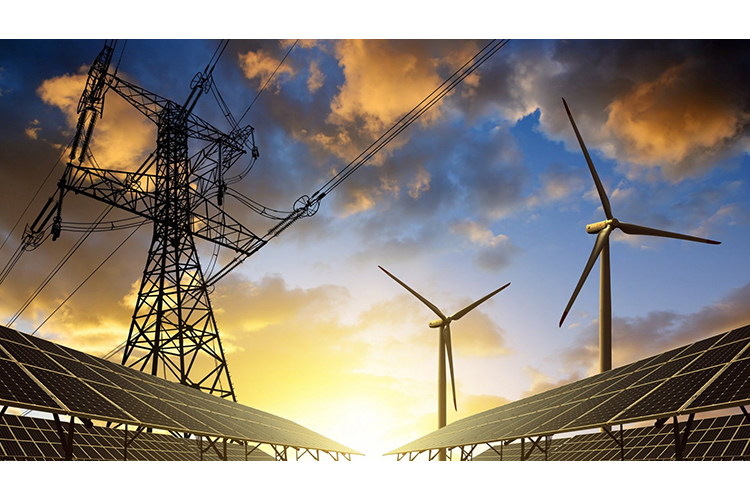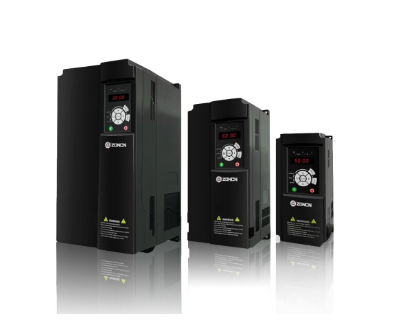
High-voltage inverter refers to a high-power inverter with an input power voltage of more than 3KV and a main voltage level of 3000V, 3300V, 6000V, 6600V, and 10000V. High-voltage and high-power inverter is an electric energy control device that uses the on-off function of power semiconductor devices to convert industrial frequency power into another frequency. With the continuous maturity of high-voltage frequency conversion technology, high-voltage inverters have been widely used in various fields. The huge energy-saving potential and excellent speed regulation performance of high-voltage inverters give it strong development momentum and broad market space. At present, high-voltage frequency conversion technology has become one of the hot topics in the field of power transmission. In particular, it has become a trend to carry out high-voltage frequency conversion transformation for large-capacity fan and water pump systems. It has brought huge energy-saving benefits to enterprises and industries using high-power transmission equipment.
The application of high-voltage frequency converters in the power industry is mainly concentrated in fan and pump loads, and is characterized by large single-unit capacity. The power industry has always been conservative in applying new technologies because the power department has very high requirements for power supply safety. Therefore, the transformation of large high-voltage fans is still not common. The main purpose of applying high-voltage frequency converters in thermal power plants is speed regulation and energy saving. The traditional control method is not only inefficient, but also very cumbersome to maintain. The frequency converter provides more reliable, more precise and more effective direct drive speed control. After several years of operation practice, the reliability of the high-voltage frequency conversion speed regulation system can basically meet the requirements of power generation companies, and thermal power plants have gradually accepted the new technology of high-voltage frequency conversion speed regulation. Typical applications: feed water pumps, primary fans, blowers, exhaust fans, slurry pumps, circulation pumps, additional pumps, condensate pumps, slurry pumps, etc.
For power plants, reliable operation of equipment is one of the most important factors. Any kind of auxiliary speed regulating equipment, no matter how good the performance is and how significant the energy saving is, if the reliability is not guaranteed, everything will be impossible. Because once these key auxiliary equipment shut down abnormally due to speed control device failure, it will often cause the main engine load to drop significantly. In severe cases, it may even cause the main engine to shut down and the boiler to stall and shut down, thus causing a power generation accident, and the losses caused will be The energy saving benefits are far from comparable. Therefore, the application of high-voltage frequency converters in power plants has very high requirements on their reliability.
In power systems, high-voltage inverters can be used to adjust the voltage and frequency of generators so that they can run synchronously with the power grid. This is essential for synchronizing the output of the generator with other generators in the power grid and maintaining the stable operation of the power grid. High-voltage inverters can help improve the quality of the power system, including reducing problems such as harmonics and voltage fluctuations. By controlling the output of power equipment, interference with the power grid can be reduced and the stability and reliability of the power system can be improved. High-voltage inverters play an important role in the power industry, helping to improve the efficiency, stability and reliability of the power system while achieving goals such as energy conservation and power quality improvement.

